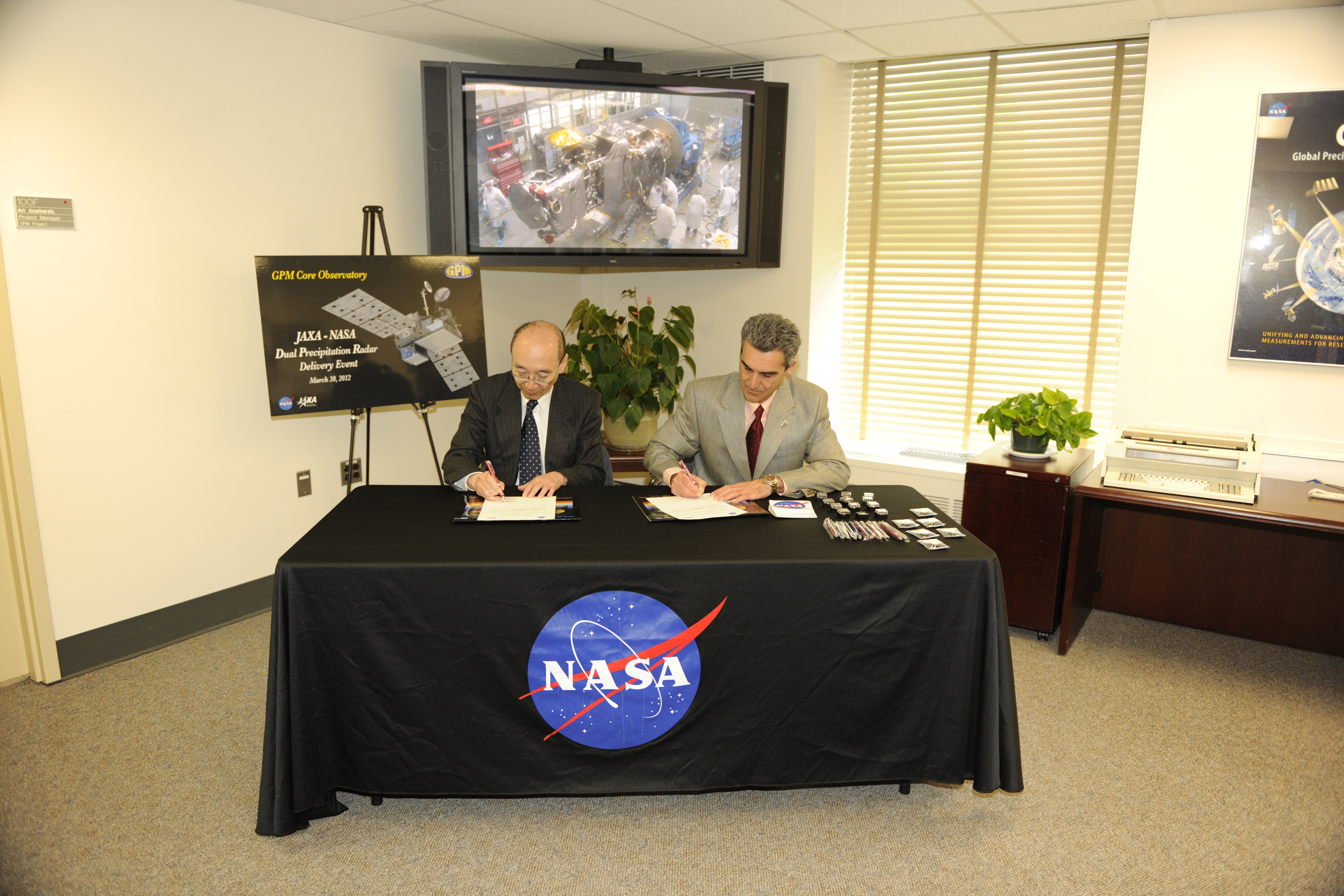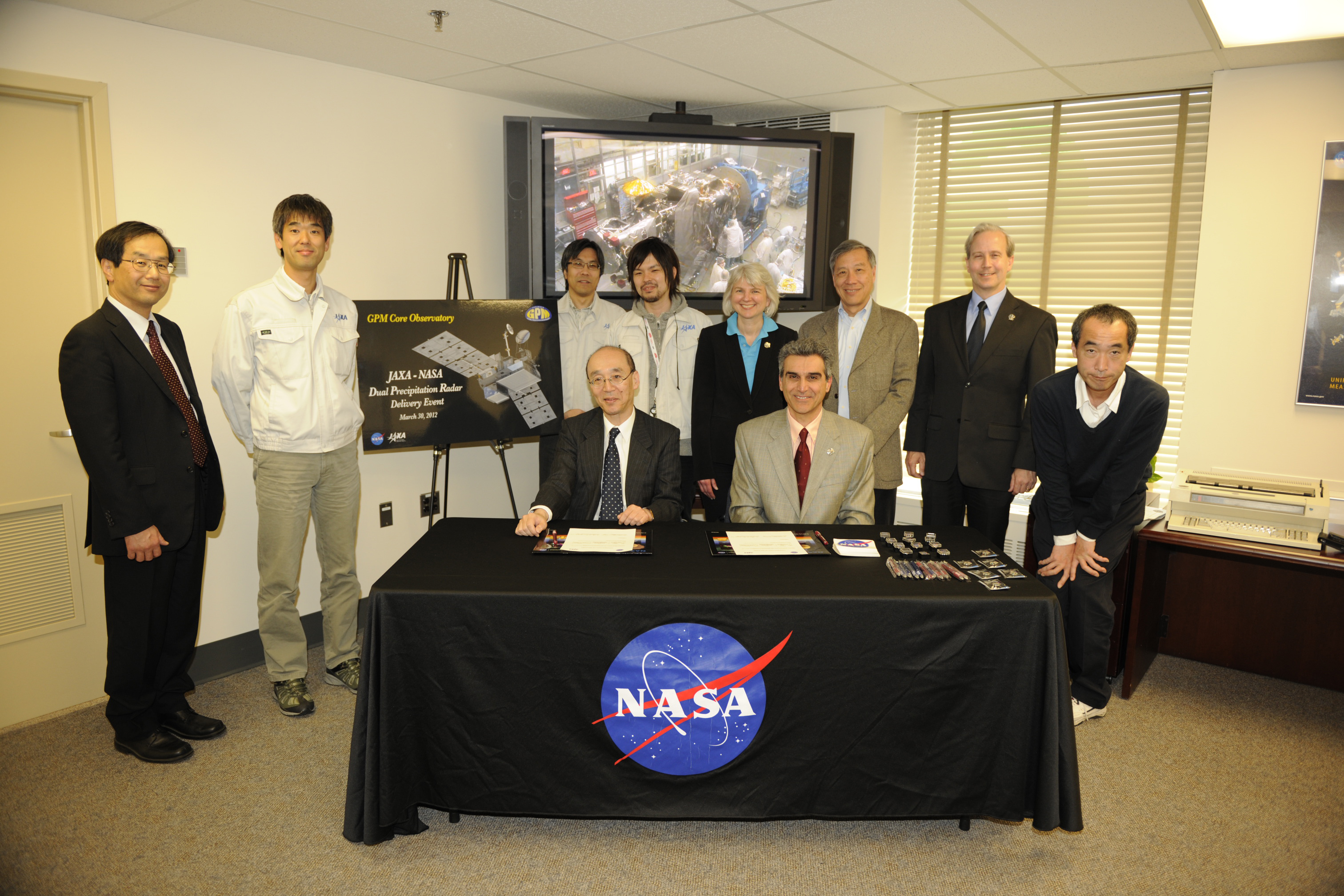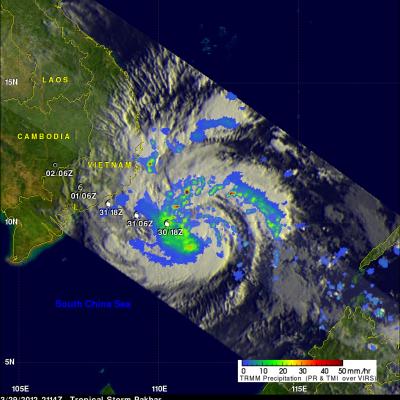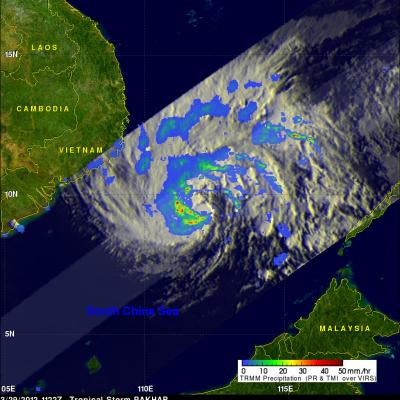DPR Sign-Off Event

Image Caption
Mr. Massahiro Kojima and Art Azarbarzin signing the DPR transfer papers.
Art Azarbarzin is the GPM Project Manager for NASA, and Mr. Massahiro Kojima is the GPM DPR Program Manager at JAXA.





